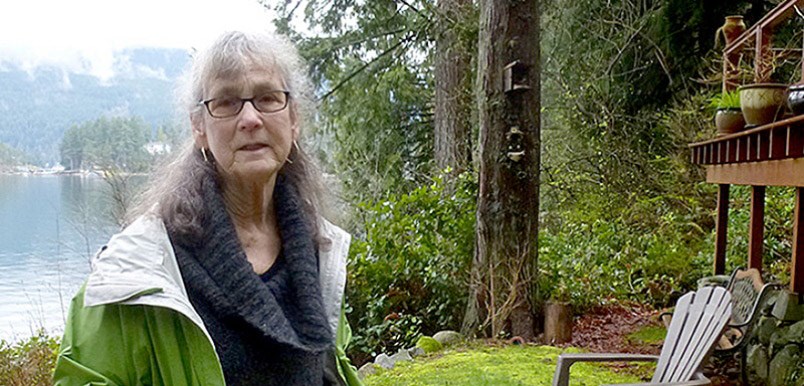A bylaw adopted by Port Moody council on Tuesday to designate Bole House as a protected heritage property may not save the homes of residents who live in the nearby cottages. But it does make them feel better.
The bylaw is the latest salvo in a years-long tug-of-war between the city of Port Moody and Metro Vancouver over the fate of the small community of seven historic cabins and the mid-century retreat house in Belcarra Regional Park.
Metro, which owns the land, wants to demolish several of the cottages on the shore of Indian Arm to improve waterfront access and provide more parking for park visitors. Bole House would be retained and repurposed for public use, along with one of the cottages. That means residents of the cottages, some of whom have lived there for decades, would be evicted.
In an effort to prevent that from happening, or at least to slow down the process, Port Moody council passed a bylaw in February that protects the six cottages that are within the city’s boundaries (the other is in Belcarra’s jurisdiction). The latest bylaw extends that protection to Bole House, which was built in 1934 by John Bole as a residence for he and his wife Kathleen on property originally owned by his family.
Under the terms of the bylaw, the property’s owner — in this case Metro Vancouver — can’t alter the exterior of a protected building, move it or make a structural change without first securing a heritage alteration permit from the city.
That’s some comfort to Jo Ledingham, who’s called one of the cottages her permanent home for 17 years, after she first started visiting it in the summers starting in 1964. But it doesn’t prevent Metro from putting an end to the month-to-month lease arrangement residents have to live there.
“Our sense of security is not affected by what’s happened,” said Ledingham.
Instead the community of long-time tenants is relying on the cost-effectiveness of their continued tenancy and their commitment to maintain their homes to keep Metro from acting on the lease termination notices they first received in February, 2013.
The bylaw requires the owner to maintain the property in accordance with the city’s heritage maintenance standards bylaw.
“Metro Vancouver has not been required to spend any money since they took over,” said Ledingham, whose daughter also lives in a neighbouring cottage. “We do everything. We behave as if we own the cottages. We garden, we paint, we do all the major stuff like repair the roof, plumbing, wiring. It’s been a good arrangement.”
Ledingham said it’s been difficult living under a cloud of uncertainty the past four years.
“It’s stressful,” she said. “It’s not easy.”
Still, the residents appreciate the city’s efforts to afford some protection to their small community, said Ledingham. And extending that protection to Bole House means the focal point of their community will be preserved as well.
“We love the Bole House,” she said.



